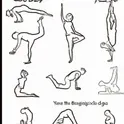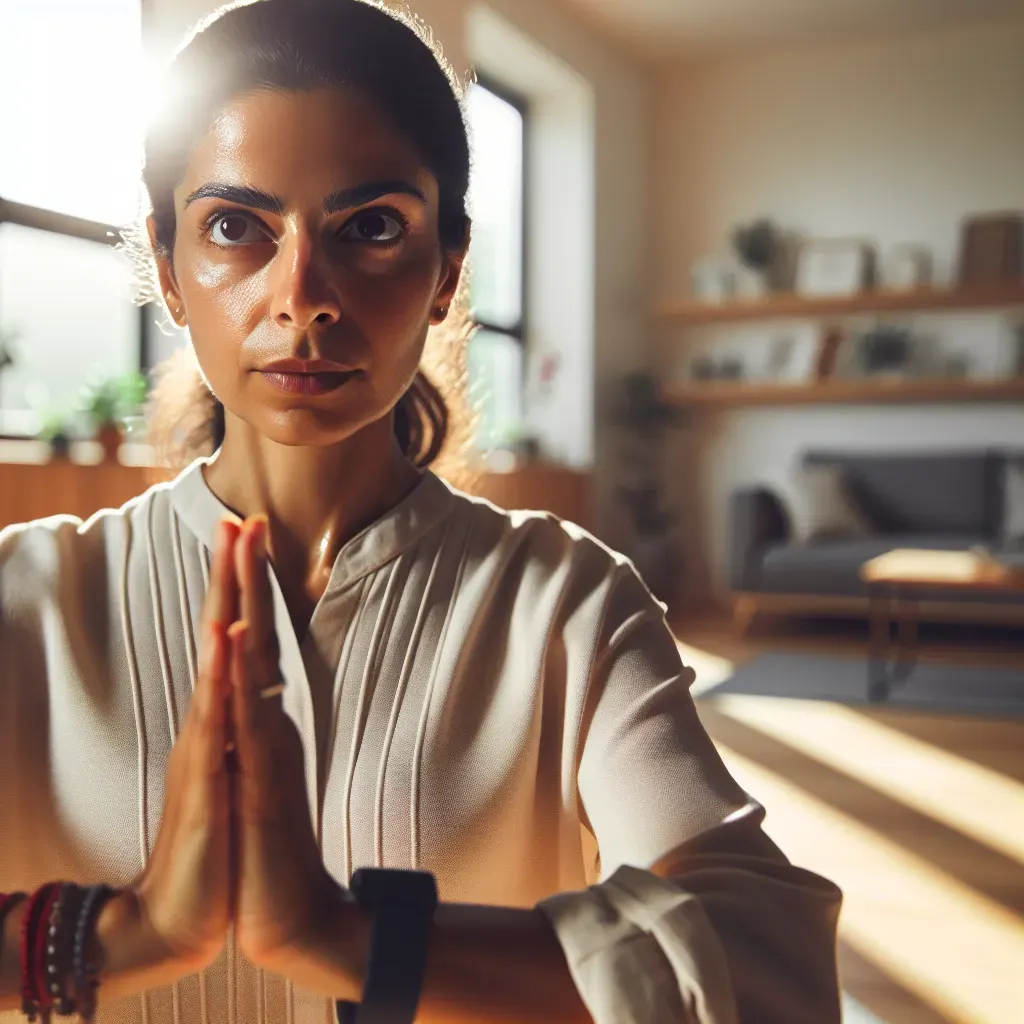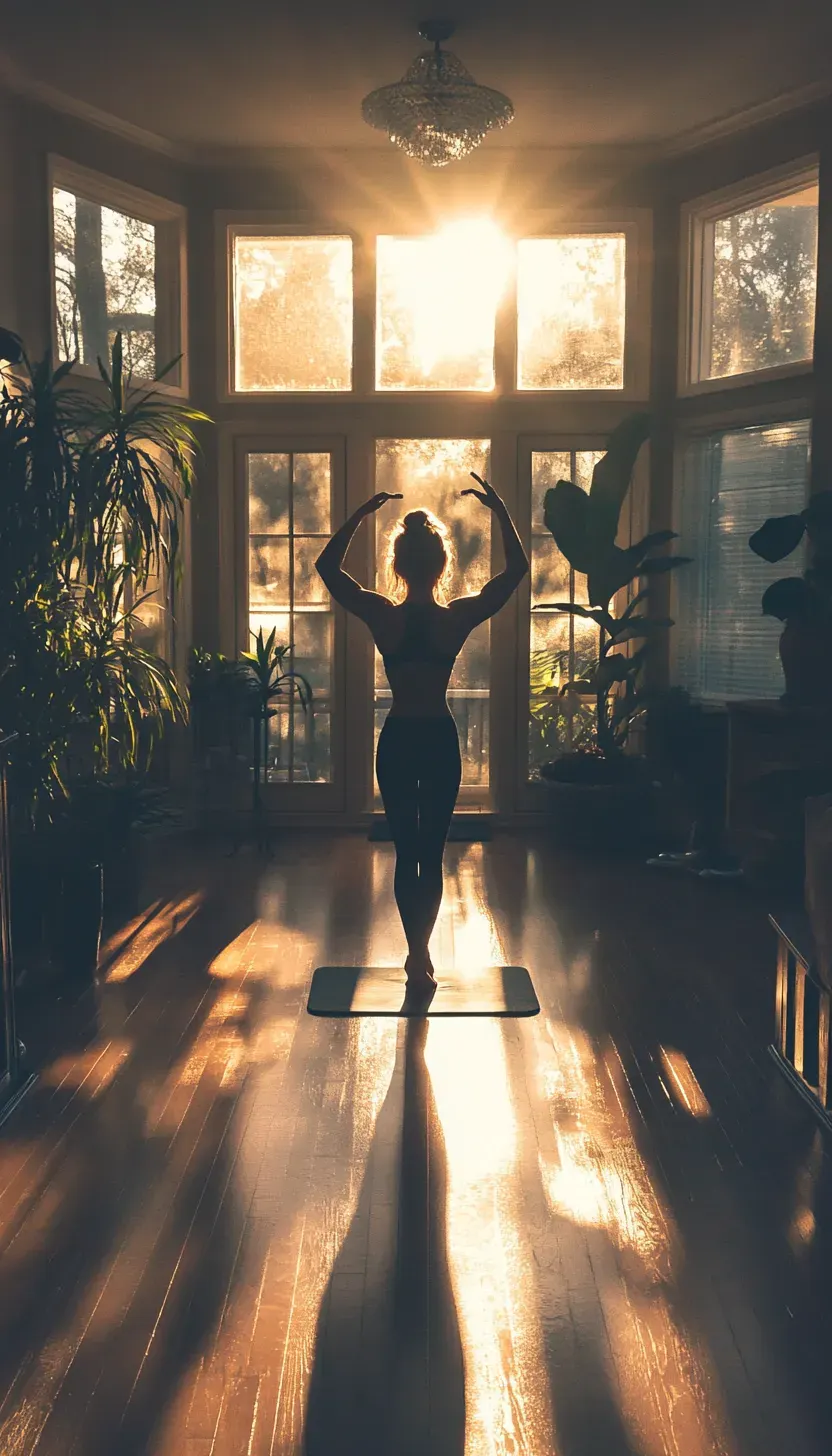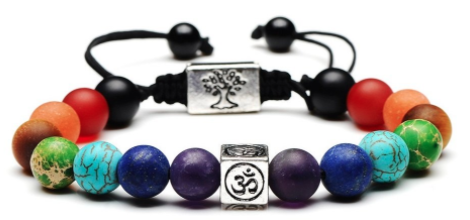Vinyasa Flow Class Sequence: A Comprehensive Guide
Table of Contents
- What Is the Basic Flow Sequence for Vinyasa?
- The Five Core Sequences of a Yoga Class
- The Six Sequences for a Balanced Practice
- Understanding Vinyasa Krama
- The Four Steps of a Vinyasa
- How Flow Sequences Enhance Practice
- Recommended Resources for Vinyasa Practitioners
- Conclusion
Vinyasa flow is a dynamic and popular style of yoga that connects movement with breath. This practice involves a seamless sequence of poses, often called "flow," which fosters physical strength, flexibility, and mental clarity.
In this blog, we will explore the key components of a Vinyasa flow class, from its basic sequence to the intricate steps of Vinyasa Krama.
Additionally, we’ll highlight resources like Anatomy for Vinyasa Flow and Standing Poses and Somatic Yoga for Beginners to deepen your practice.
What Is the Basic Flow Sequence for Vinyasa?
The basic flow sequence for Vinyasa, often referred to as a "vinyasa," consists of the following core movements:
- Plank Pose (Phalakasana): Engage your core and align your body in a straight line from head to heels.
- Chaturanga Dandasana (Four-Limbed Staff Pose): Lower halfway to the ground while keeping your elbows tucked close to your body.
- Upward-Facing Dog (Urdhva Mukha Svanasana): Lift your chest forward and up while keeping your thighs off the mat.
- Downward-Facing Dog (Adho Mukha Svanasana): Press your hips back and up, creating an inverted V-shape with your body.
This flow serves as a transitional sequence and is repeated throughout the class to link poses together.
It’s an integral part of the Vinyasa style and helps maintain the connection between breath and movement.
What Are the 5 Sequences of a Yoga Class?
A well-structured yoga class often includes five key sequences to ensure a balanced practice:
- Centering and Warm-Up: Begin with gentle stretches, breathwork, and mindfulness to prepare the body and mind.
- Standing Poses: Incorporate foundational poses like Warrior I, Warrior II, and Triangle Pose to build strength and stability.
- Balancing Poses: Practice poses such as Tree Pose or Eagle Pose to enhance focus and equilibrium.
- Backbends and Hip Openers: Include poses like Cobra, Bridge, or Pigeon to increase flexibility and release tension.
- Cool-Down and Savasana: End with seated stretches, twists, and a final relaxation pose to integrate the benefits of the practice.
Each of these sequences has a specific purpose, creating a holistic experience that nurtures both the body and the mind.
What Are the 6 Sequences of a Yoga Class?
In some cases, yoga classes are divided into six distinct sequences, which add an additional layer of focus. These include:
- Warm-Up: Gentle movements and breathwork to awaken the body.
- Sun Salutations: A flowing series of poses like Mountain Pose, Forward Fold, Plank, and Downward Dog to build heat and energy.
- Standing Poses: Strength-building poses to cultivate grounding and alignment.
- Core Work: Targeted poses like Boat Pose to strengthen the abdominal muscles.
- Flexibility and Cooling: Deep stretches and hip openers to enhance flexibility and relaxation.
- Relaxation and Meditation: Final poses and mindfulness practices to promote a sense of inner peace.
Understanding these sequences allows practitioners to appreciate the flow and rhythm of a well-designed yoga class.
What Is the Vinyasa Krama Sequence?
Vinyasa Krama, which translates to "wise progression," is a systematic approach to sequencing yoga poses. It emphasizes:
- Gradual progression from simple to complex poses.
- Synchronization of movement and breath.
- Alignment and intention in every pose.
A typical Vinyasa Krama sequence might begin with foundational poses, such as Child’s Pose and Cat-Cow, before moving into standing postures, inversions, and more advanced asanas. This approach ensures safety, mindfulness, and a deeper connection to the practice.
For a more in-depth exploration of Vinyasa Krama and its principles, consider reading Anatomy for Vinyasa Flow and Standing Poses here.
What Are the 4 Basic Steps of Taking a Vinyasa?
Taking a vinyasa involves four essential steps that form the backbone of the flow:
- Plank Pose: Start in a strong plank position, engaging your core and maintaining proper alignment.
- Chaturanga Dandasana: Lower your body halfway to the mat while keeping your elbows bent and close to your sides.
- Upward-Facing Dog: Lift your chest, open your heart, and stretch the front of your body.
- Downward-Facing Dog: Transition by lifting your hips and pressing your heels toward the ground.
These steps are repeated throughout a Vinyasa flow class, creating a dynamic and meditative rhythm.
What Is the Sequence of Flow?
The sequence of flow refers to the deliberate arrangement of poses in a Vinyasa practice. It typically follows this progression:
- Warm-Up Poses: Gentle stretches and breathwork.
- Sun Salutations: Dynamic flows to build heat and prepare the body for deeper poses.
- Core Poses: Standing postures and balancing poses to build strength and focus.
- Peak Pose: A challenging asana that serves as the climax of the practice.
- Cool-Down: Seated stretches and restorative poses to relax the body.
- Savasana: Final relaxation to absorb the benefits of the practice.
Each sequence element is designed to support the next, ensuring a balanced and transformative experience.
Enhance Your Practice with the Right Resources
To deepen your understanding and refine your Vinyasa flow, consider these recommended resources:
- Anatomy for Vinyasa Flow and Standing Poses: A detailed guide to the anatomy and alignment of key poses. Get it here.
- Somatic Yoga For Beginners: A gentle introduction to somatic principles for a mindful and intuitive practice. Explore it here.
Whether you’re a beginner or an experienced yogi, these tools can enhance your practice.
Get tips on structuring your class from How To Structure A Vinyasa Flow Class and How to Sequence Vinyasa Flow: A Complete Guide.
Conclusion
Vinyasa Flow is a versatile and empowering yoga practice that connects movement, breath, and mindfulness.
By understanding the core sequences, the principles of Vinyasa Krama, and the essential steps of a vinyasa, practitioners can elevate their experience on the mat.
Use this guide as a roadmap to explore the beauty and depth of Vinyasa flow, and don’t forget to check out the recommended resources to support your journey.
People Also Asked for Section
- What is the purpose of Vinyasa yoga?
- Vinyasa yoga focuses on synchronizing breath with movement, enhancing flexibility, strength, and mindfulness.
- How long should a Vinyasa flow class last?
- A typical class lasts between 45–90 minutes, depending on intensity and level.
- Can beginners practice Vinyasa yoga?
- Yes! Beginners can start with simplified sequences and gradually advance.
- What are the benefits of Vinyasa yoga?
- It improves cardiovascular health, flexibility, strength, and mental clarity.
- What is the difference between Vinyasa and Hatha yoga?
- Vinyasa focuses on fluid movement with breath, while Hatha emphasizes static poses and alignment.
- How many poses are in a typical Vinyasa sequence?
- Sequences can include 10–20 poses, depending on class design and level.
- What is the role of Sun Salutations in Vinyasa?
- Sun Salutations are foundational flows that warm the body and set the rhythm for practice.
- How does Vinyasa Krama differ from regular Vinyasa?
- Vinyasa Krama emphasizes a systematic and mindful progression of poses.
- What equipment is needed for Vinyasa yoga?
- A yoga mat, comfortable clothing, and optional props like blocks or straps.
- How can I deepen my Vinyasa practice?
- Incorporate resources like anatomy guides, attend workshops, and practice consistently.





